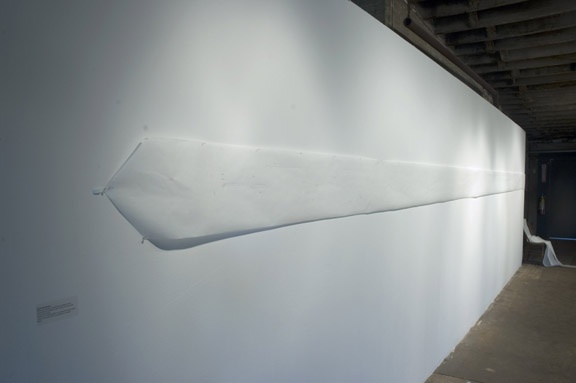sound
Installation at The Soap Factory, Minneapolis, 2010
What my schedule sounds like, for player piano juxtaposes digital tools and antique instruments in a translation of calendar data to analog piano roll. Modern recording tools such as calendar and music composition software follow from the piano roll interface in their use of the grid to track time in successive events. The process of mapping daily activity from one interface to another illuminates priorities while giving sound to the rhythms of life. Delivered on a grand player piano, the resulting soundscape reveals the pace and patterns of a month of my daily activity in early 2010 living and working in New York City.
My system for correlating activities to notes on the piano began with a simple philosophy of self-care. I followed the basic organization of the piano keyboard into chromatic scales and started with home as my central calendar and main priority, assigning to it the note middle C, and immediately below it, at the note B, designated sleep, our most basic functional activity. The main calendars of my life, such as home, art, financial and social, inhabit specific octaves on the keyboard above or below middle C in either a supportive (below) or voluntary (above) role. Daily activities, such as getting ready for the day, caring for loved ones, commuting, taking in information, working a job, making artwork, socializing, etc., correspond to specific notes within these octaves, branching out in importance from the center of the keyboard. Through this translation, notes repeat in hourly patterns and accumulate to a growing momentum, as hours turn into days turn into weeks and so on into a full month, as played here.
